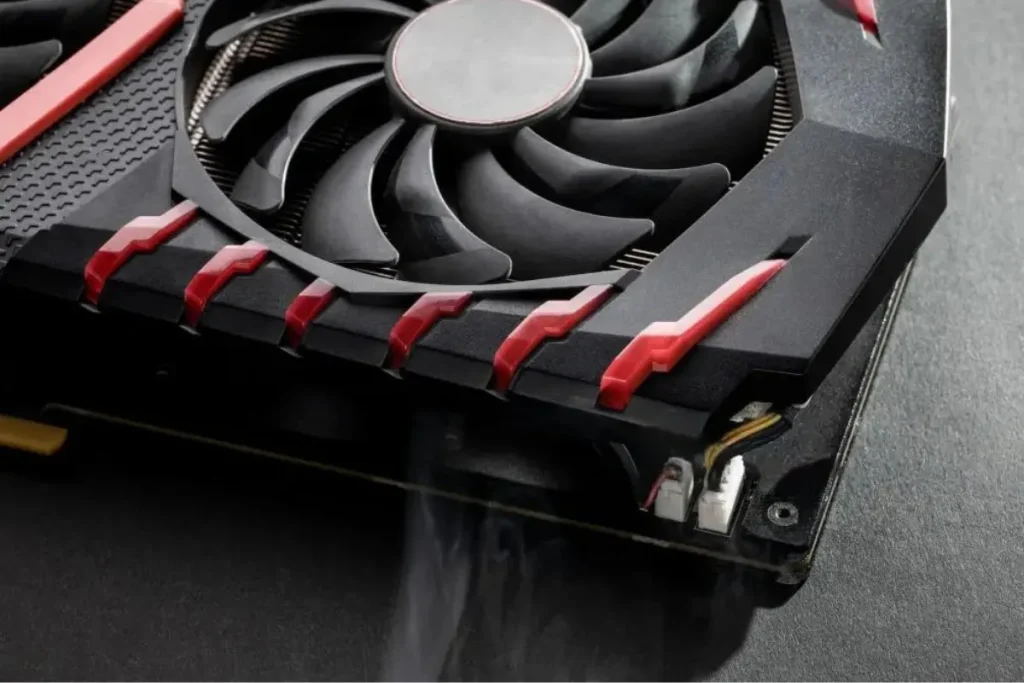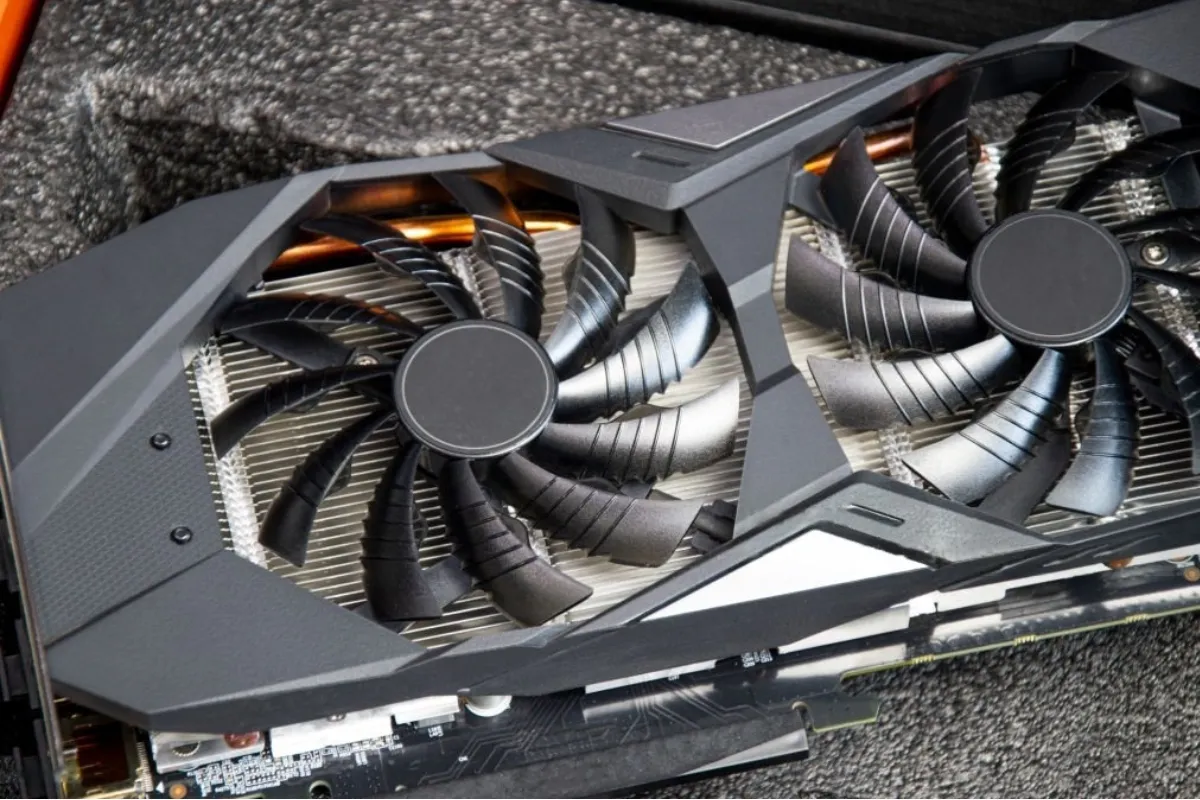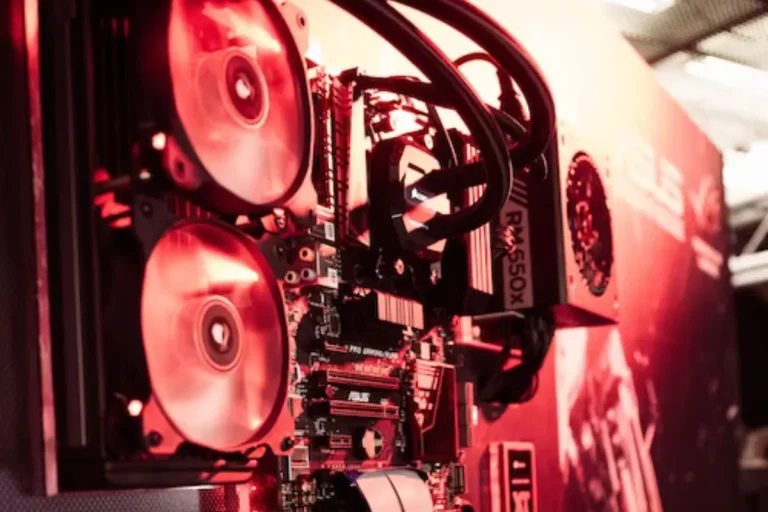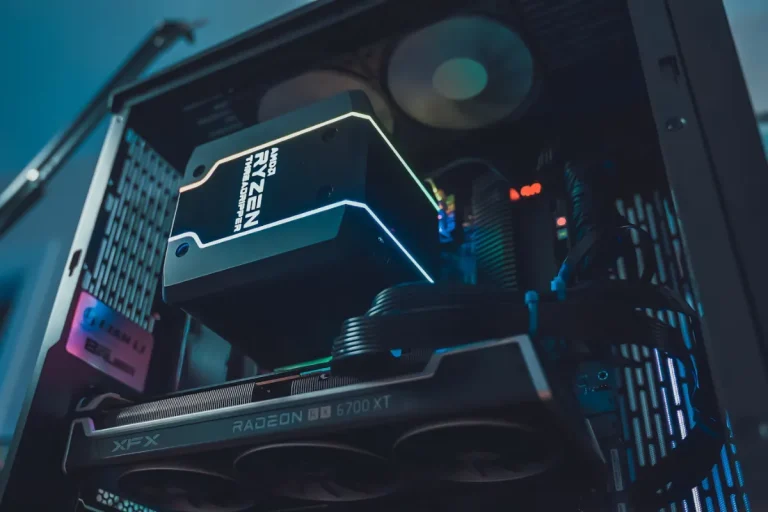How do I repair a graphics card with no display?
Is your graphics card giving you a hard time by not displaying anything on your computer screen? Don’t worry, we’ve got you covered! In this easy-to-understand guide, we’ll walk you through the steps to troubleshoot and repair your graphics card, so you can get back to gaming or working without any hassle. Let’s dive in and fix that no-display issue!
Step-by-Step Troubleshooting Guide
Is your graphics card giving you a headache by refusing to display anything on your screen? Don’t worry, we’ve got your back! In this step-by-step troubleshooting guide, we’ll walk you through the process of fixing your graphics card and getting that display up and running again. Let’s dive in!
Basic Checks and Precautions
Before diving into complex solutions, let’s start with some basic checks and precautions to eliminate any simple issues that may be causing the problem.
Verifying Power Supply and Connections
First, ensure that your graphics card is receiving sufficient power and that all the necessary connections are securely in place. Sometimes, a loose power cable or a poorly connected adapter can be the root of display problems.
Testing the Monitor and Cable
Next, let’s assess whether the problem lies with your monitor or cable. Try connecting your computer to a different monitor or using a different cable to see if the display works. This will help determine if the issue is with the graphics card or other components.
Updating Graphics Card Drivers
Outdated or incompatible drivers can often cause display issues. In this section, we’ll guide you through the process of updating your graphics card drivers.
Methods to Update Drivers
We’ll explore various methods to update your drivers, including using manufacturer software, accessing the Windows Device Manager, or downloading the latest drivers from the official website. Updating drivers can resolve compatibility issues and enhance overall performance.
Driver Rollback Option
If updating the drivers doesn’t solve the problem, we’ll also show you how to roll back to a previous version. This can be useful if the latest driver update introduces compatibility issues.
Checking for Overheating
Overheating can also lead to display problems with your graphics card. In this section, we’ll cover the necessary steps to check for overheating and address the issue.
Cleaning the Graphics Card and Cooling System
Dust and debris accumulation on your graphics card and cooling system can cause overheating. We’ll guide you through the process of safely cleaning these components to ensure optimal performance.
Monitoring Temperature Levels
To prevent overheating, it’s crucial to monitor your graphics card’s temperature levels. We’ll introduce you to tools that can help you keep an eye on the temperature, allowing you to identify if overheating is the culprit behind the display issues.
Reseating the Graphics Card
If none of the previous steps resolve the issue, it may be time to reseat your graphics card. We’ll explain how to safely remove and reinstall the card, ensuring proper connections and alignment.
Testing the Card on a Different System
To further troubleshoot potential compatibility issues, we’ll guide you on testing the graphics card on a different system. This will help determine if the problem lies with the card itself or other components in your computer.
Troubleshooting Potential Compatibility Issues
Lastly, we’ll cover potential compatibility issues and provide tips and guidance to troubleshoot them effectively. Ensuring your graphics card works seamlessly with your system is crucial for optimal performance.
Additional Tips and Tricks

Having covered the essential troubleshooting steps in the previous guide, we now present you with some additional tips and tricks to help you tackle graphics card issues like a pro.
Whether it’s power supply considerations, utilizing diagnostic software, or seeking professional help, these strategies will further assist you in resolving any lingering problems. Let’s explore!
Power Supply Considerations
Your graphics card relies on a stable power supply to function optimally. In this section, we’ll provide you with some power supply considerations to ensure your graphics card receives the necessary power it needs.
Using Diagnostic Software
Diagnostic software can be a valuable tool in identifying and resolving graphics card issues. We’ll introduce you to some popular diagnostic software programs that can help diagnose problems, monitor performance, and provide detailed reports on your graphics card’s health.
Seeking Professional Help
If all else fails or if you are uncomfortable troubleshooting on your own, it may be time to seek professional help. In this section, we’ll discuss when it’s appropriate to consult a professional technician or reach out to the manufacturer’s support team for further assistance.
Frequently Asked Questions
1: My graphics card is not displaying anything on my monitor. What could be the cause?
There could be several reasons for this issue, such as loose connections, outdated drivers, overheating, or even a faulty graphics card.
2: How can I determine if the problem is with my graphics card or another component?
You can try connecting your computer to a different monitor or using a different cable to see if the display works. If the problem persists, it is likely related to the graphics card.
3: What should I do if my graphics card is not receiving sufficient power?
Ensure that all power cables are securely connected to both the graphics card and the power supply. If necessary, check the power supply’s capacity to ensure it can handle the graphics card’s power requirements.
4: How can I update my graphics card drivers?
You can update your graphics card drivers by using manufacturer software, accessing the Windows Device Manager, or downloading the latest drivers from the official website of your graphics card manufacturer.
5: Is it possible to repair a faulty graphics card on my own?
Repairing a graphics card can be challenging and requires technical expertise. It is generally recommended to seek professional help or consult the manufacturer’s support team for assistance. Attempting to repair it yourself may void any warranty.
Conclusion
troubleshooting a graphics card with no display can be a daunting task, but with the right approach, it is possible to resolve the issue. Remember to check connections, update drivers, and ensure sufficient power supply. If all else fails, seeking professional help is always a wise option. Keep exploring and gaming without any display worries!





